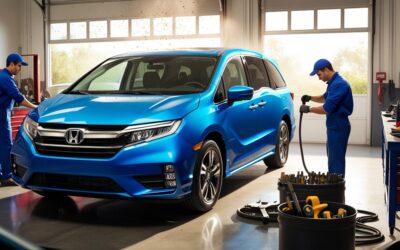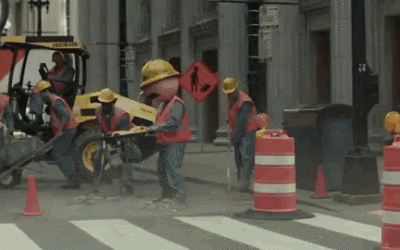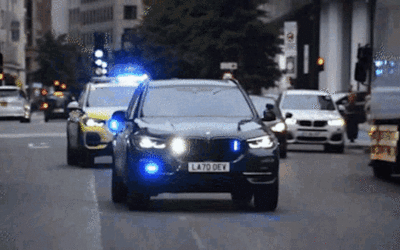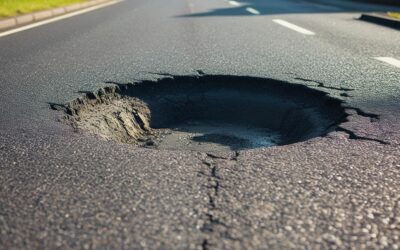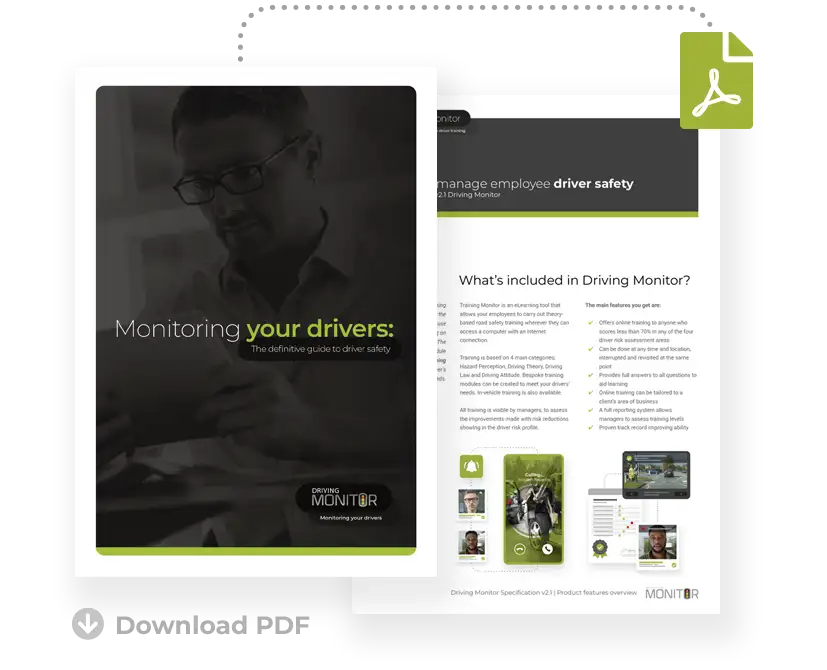Fleets Warned To Check Safety Standards On Private Vehicles
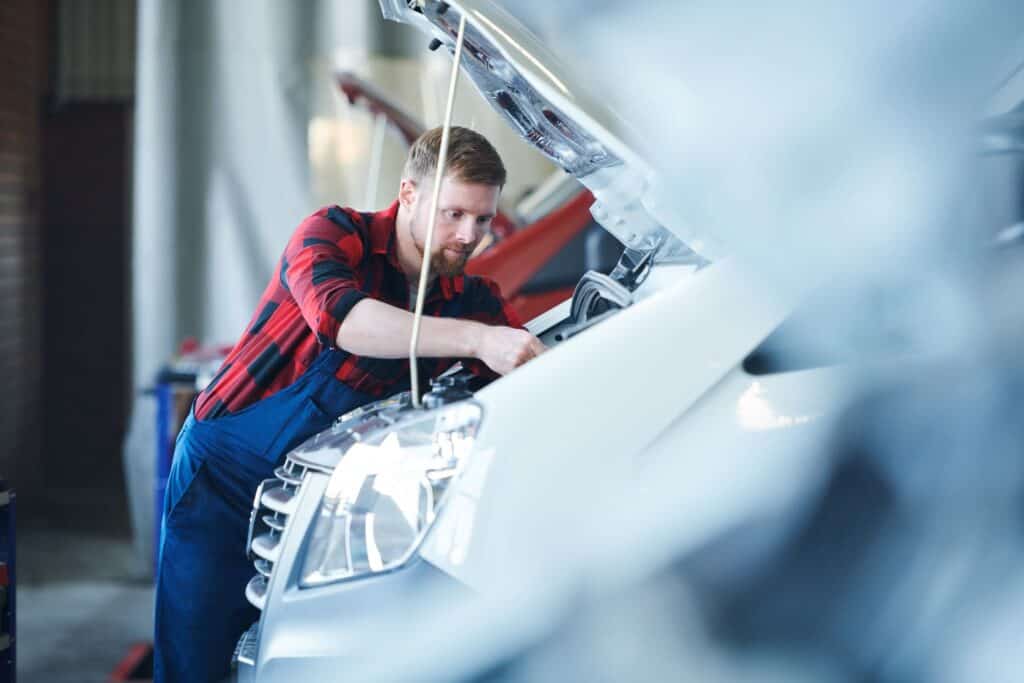
Fleet owners are being warned to double-check the safety standards on private vehicles that are being driven for work, known as the ‘grey fleet’.
It comes as the cost of living continues to rise, with inflation currently at 9%, leaving many people facing difficult decisions when it comes to maintaining their vehicles.
Data from spot checks on hundreds of thousands of vehicles has revealed that road safety risk from the so-called grey fleet is on the rise. For example, 6.4% of grey fleet vehicles were found to have illegal tyres in the last 12 months, a figure which has more than doubled from 3.1% the previous year.
Tyres must have a tread depth of at least 1.6mm across the central three-quarters of the tyre, and anything less than that is illegal and considered a serious safety risk.
To add to that, 6.8% of grey fleet vehicles either did not meet manufacturer standards or had an incomplete service history, up from 4.2% in 2020.
Fleet Safety Concerns
The difference in safety standards between grey fleet cars and company cars and fleet vehicles is stark. One in 15 didn’t have the requisite insurance cover or had incorrect insurance cover entirely, while the failure rate for invalid MOTs and defective brakes was twice as high, and the failure rate for defective lights was FOUR times as high.
Issues are being exacerbated by the cost of living crisis and where people are responsible for maintaining their own vehicle, problems are emerging.
We’re all aware of our legal requirements when it comes to owning a car – you’ve got to insure it properly, pay vehicle tax if required, service it regularly, and if 3 years or older, take it for an annual MOT. But maintenance in-between MOTs and services is entirely down to the vehicle owner…
And people are making difficult decisions when it comes to that maintenance, whether it’s tyres with illegal tread depth, defective lights, brakes that are worn out, or any other safety issues.
Experts are predicting that as inflation rises (it’s predicted to reach 11% by the end of 2022), the number of unsafe or illegal vehicles on the road will increase from around 5% to 10%.
Responsibility For The Grey Fleet
Fleet owners were issued updated guidance on work-related road risk last year.
There was confusion over who was responsible for legal compliance when employees use personal vehicles as part of their job, and fleets called for more clarity on the issue. As a result, the Department for Transport (DfT) and the Health and Safety Executive (HSE) created updated guidance to reflect the changing face of the fleet industry.
The increase in the number of people working in the gig economy and using personal vehicles as part of their work meant that further clarification was required. Crucially, all drivers (and riders) are responsible for their driving behaviour when it comes to road traffic laws…
But when driving for work, the organisation that they work for has a legal responsibility for their health and safety – and that means the fleet owner.
What do you think of the increase in the ‘grey fleet’, and do you take into account the safety standards of private vehicles that are driven for work?
Recent Posts
- Is It A Bird? Is It A Plane? No, It’s A Flying Fleet…
- Road Traffic Levels On The Rise As Road Safety Concerns Grow
- Road Safety: Councils Told To ‘Prove’ Pothole Repair Progress To Access Funding
- Millions Of Vehicles Remain On The Road Despite Safety Recalls
- ‘One Third’ Of Local Roads Are At Risk Of Structural Failure In The Next Five Years



